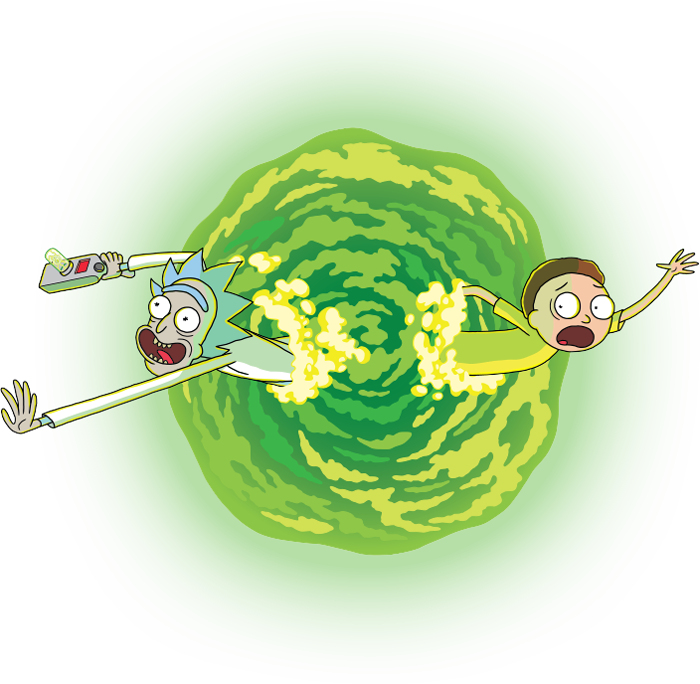Kepler-1032b
A super-Earth exoplanet orbiting within the habitable zone of its star, Kepler-1032b shows promising signs of potential habitability. Read more about this super Earth exoplanet
HD 154857b
This massive gas giant orbits a sun-like star about 68 light-years away. With nearly twice Jupiter's mass, it completes an orbit every 409 days. Explore the gas giant
TRAPPIST-1e
Part of a system with seven Earth-sized planets, TRAPPIST-1e is considered one of the most promising candidates for finding conditions suitable for life. Learn about TRAPPIST-1 system
Proxima Centauri b
Our closest known exoplanet neighbor, orbiting the nearest star to our Sun at just 4.2 light-years away. This rocky world sits in its star's habitable zone. Learn about Proxima b
TOI-700d
One of the first Earth-sized planets discovered in a habitable zone by NASA's TESS mission. This exoplanet orbits a cool M-dwarf star 100 light-years away. TOI-700d discovery
51 Pegasi b
The first exoplanet discovered orbiting a Sun-like star in 1995, this "hot Jupiter" revolutionized our understanding of planetary systems. Historical discovery
K2-18b
A super-Earth exoplanet where water vapor has been detected in its atmosphere, making it one of the most promising candidates for potential habitability. Water on K2-18b
WASP-121b
An extreme "hot Jupiter" where temperatures reach over 2,500°C, hot enough to vaporize metals like iron and titanium in its atmosphere. The European Space Agency
GJ 1214b
A "water world" exoplanet that's likely covered by a thick, steamy atmosphere. Located just 40 light-years from Earth, it's one of the most studied super-Earths. Webb Space Telescope
HD 189733b
A cobalt-blue hot Jupiter where silicate particles in the atmosphere likely create high-speed glass rain during intense storms. Blue exoplanet details
Kepler-16b
Known as the first confirmed "Tatooine-like" planet, Kepler-16b orbits two stars instead of one, creating a system similar to the fictional Star Wars planet. Circumbinary planet info
LHS 1140b
A rocky super-Earth orbiting a red dwarf star in its habitable zone. Its larger mass gives it a stronger gravity than Earth, potentially allowing it to maintain an atmosphere. Super-Earth characteristics
WASP-12b
An exoplanet being torn apart by its star's gravity, with material streaming away from the planet in a comet-like tail. It's expected to be completely devoured within 10 million years. Doomed planet details
Kepler-442b
One of the most Earth-like exoplanets discovered to date in terms of size and the amount of starlight it receives, making it among the most promising candidates for habitability. Earth similarity index
TrES-2b
Known as the darkest exoplanet discovered, reflecting less than 1% of the light that falls on it. This hot Jupiter is blacker than coal or fresh asphalt. The dark planet
HAT-P-7b
An exoplanet with ruby and sapphire clouds where it rains gemstones. Its extreme heat creates the conditions for minerals to form clouds of corundum. Gemstone weather
HD 209458b (Osiris)
The first exoplanet discovered through transit method, with a detected escaping atmosphere that forms a comet-like tail as it orbits its star. Atmospheric studies
Kepler-452b
Often called "Earth's cousin," this exoplanet orbits in the habitable zone of a sun-like star. It's about 60% larger than Earth and likely a rocky world with potential for liquid water. Earth's older cousin
55 Cancri e
A "diamond planet" with a surface potentially covered in graphite and diamond instead of water and granite. It orbits so close to its star that a year lasts only 18 hours. Diamond world patterns
KELT-9b
The hottest exoplanet discovered, with dayside temperatures reaching 4,600°C—hotter than most stars. Its atmosphere is so hot that molecules are completely torn apart. Ultra-hot Jupiter
GJ 436b
A Neptune-sized exoplanet with a giant comet-like tail of hydrogen extending 50 times its own diameter, caused by its star stripping away its atmosphere. Evaporating planet
OGLE-2005-BLG-390Lb
Often called "Hoth," this frozen super-Earth has surface temperatures around -220°C. It was one of the first rocky exoplanets discovered and orbits its star at about 3 times Earth's distance from the Sun. Frozen world details
WASP-107b
A "super-puff" exoplanet with the density of cotton candy, containing one of the puffiest atmospheres discovered. Despite having Neptune's mass, it's nearly Jupiter's size. Cotton candy planet
Kepler-10b
NASA's Kepler mission's first confirmed rocky exoplanet, with a density similar to iron. Its surface is likely covered in lava oceans as it orbits extremely close to its star. First rocky Kepler world
PSR B1257+12 b
One of the first exoplanets ever discovered, orbiting a pulsar (dense remnant of an exploded star). This "pulsar planet" was detected in 1992 before exoplanet discoveries became common. Pulsar planet system
Kepler-186f
The first Earth-sized exoplanet discovered in the habitable zone of another star. About 10% larger than Earth, it orbits a red dwarf star 500 light-years away. First habitable Earth-size world
WASP-76b
An ultra-hot gas giant where it literally rains iron on the night side. The dayside is so hot that iron vaporizes, then condenses into droplets when winds carry it to the cooler night side. Iron rain planet
Laputa
If more exoplanets are out there to be discovered and I have a chance to give it a name, it would be "Laputa". Here is why
